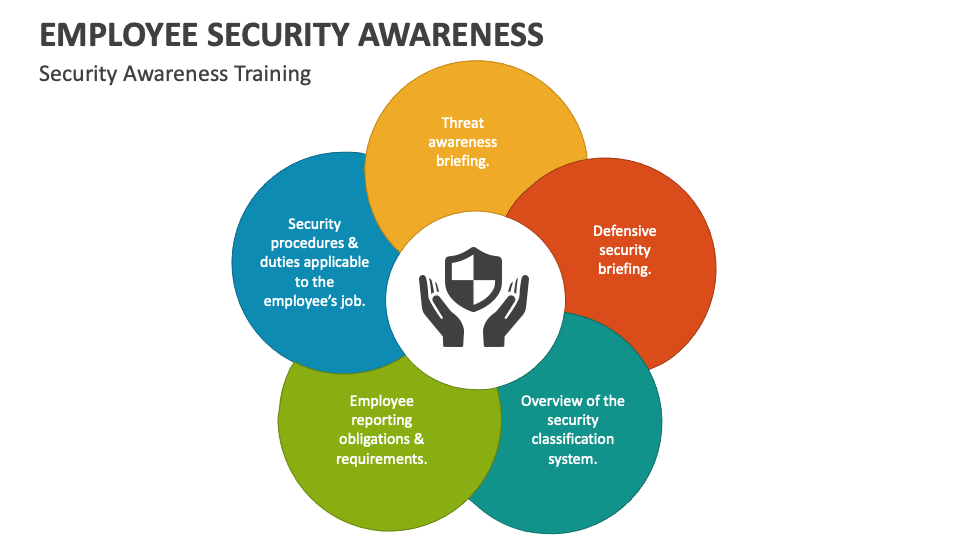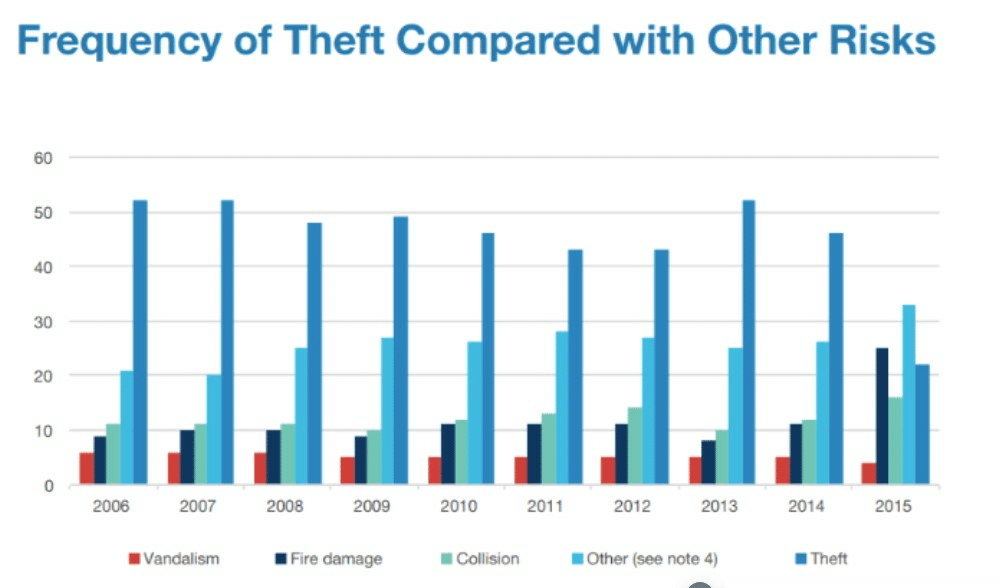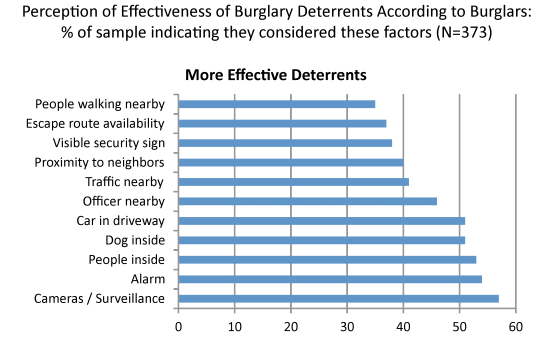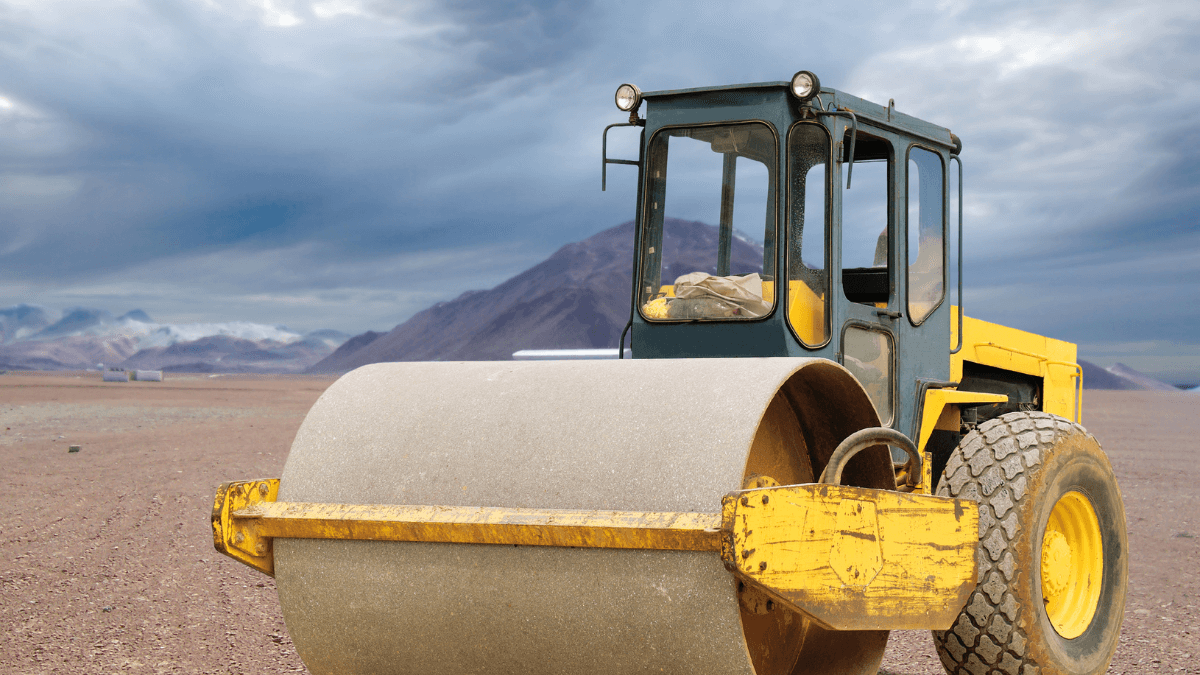Having to deal with construction equipment theft is, at best, frustrating, especially when contractors, managers, and company owners are also battling inflation, labor shortages, and supply chain snarls.
At worst, having your equipment stolen can cause your project to come to an abrupt halt and have long-lasting effects on your entire business.
Therefore, it’s best to ensure that theft doesn’t occur in the first place.
Here, we bring you four tips for preventing construction equipment theft—and the hit on your profit margins that would likely result from it.
In this article...
Tag All Construction Equipment
Construction companies that use asset tags contribute to the safety of their equipment in two ways.
If potential thieves are aware they will not be able to easily remove the equipment’s serial numbers or tags for the purpose of selling the equipment, they are less likely to attempt stealing it.
Asset tags also ensure that their items are easily identifiable in the case of theft.
The best way to ensure that your tags will remain with the asset is to choose a provider such as GoCodes Asset Tracking, which offers QR code asset tags that are always carefully matched to the material of the item you wish to protect.
For example, while thin and flexible tags made of polyester or paper and prepped with a strong adhesive are a suitable solution for office items, heavy equipment that is almost always outside and sees extreme temperature differentials is better served with heavy metal tags that are welded to the item.
Such robust tags can survive exposure to harsh chemicals, frequent contact with salt, and consistently high humidity.
GoCodes Asset Tracking tags are easily scanned with a mobile device to retrieve the equipment’s information, allowing staff to rely on technology which they are likely already familiar and comfortable with, instead of having to get acquainted with an entirely new system.
The tags look like this:

As you can see in the image, when scanned, the tags lead to a database entry showing all the relevant information about the item, such as its model, description, and even maintenance history.
The National Insurance Crime Bureau (NICB) estimates that thieves most frequently scout for mowers and riding tractors.
Moreover, backhoes, graders, bobcats, skid steers, wheel loaders, graders, tractors, and rollers are the most at-risk construction items.
Also, almost half of all stolen equipment is under five years old.
If you own such at-risk equipment, taking precautions that include the smart use of asset tags can help deter thieves.
Use Equipment Tracking Software
With the help of equipment tracking software, construction companies are able to keep detailed records of all their equipment.
The data is conveniently stored in the cloud, and the software’s database tracks the equipment’s location. This feature is especially useful when it comes to managing heavy equipment.
In fact, equipment tracking software is so useful that many other industries besides construction have integrated it, as shown in this infographic:

A major feature of asset tags equipped with GPS tracking is that retrieval can take place more quickly and help law enforcement to map out and shut down criminal networks.
Some construction companies or rental depots publicly post that the equipment on their property is registered in a national database or fitted with tracking software.
And just as we mentioned in previous sections, if potential thieves know that they must contend with a tracking system, they are more likely to move on.
Many construction experts agree with that notion.
Location, location, location: With GPS or barcode tracking, you can see exactly where each item is, whether it’s on a job site, in the storage trailer, or out for maintenance. This cuts down on wasted time searching and reduces the risk of theft.
Jimmy Thurman, Owner, All American Restoration
Most do not want to risk database matches that would inevitably result in having to deal with law enforcement.
How does GoCodes Asset Tracking’ asset tracking technology also work as an equipment tracking system?
Once a GPS-equipped asset tag is scanned, the system transmits its location to the equipment tracking software, which gives decision makers information about the item’s last known location.
In addition, GPS technology can quickly and efficiently create an invisible perimeter around valuable equipment or the construction site itself. If an item crosses it without authorization, the system trips an alarm.
This gives your team the ability to respond quickly in case your assets are stolen.
Train Employees on Security Practices
Your construction company’s employees play a major role in preventing equipment theft by simply following the established security practices.
While working on the construction site, your team members can reinforce the type of behavior that keeps your assets safe and secure.
Some decision makers might consider consulting local law enforcement or a security firm for an assessment or advice on plugging security holes, but if your equipment is GPS tracked and nationally registered, the chances of your company becoming a robbery victim drop significantly.
This diagram is helpful for planning comprehensive employee security awareness and preventing theft on your construction site:

Security practices will vary from company to company, but in general, employees should be mindful to:
- Watch out for suspicious activity on-site
- Conduct the appropriate check-in/check-out procedures
- Inspect the equipment before and after each use
- Lock up attachments and tools at the end of each shift
- Avoid describing to unknown people what equipment is at the worksite and when the build area is unguarded
The practices listed above and those highlighted in the diagram are useful not only for warding off thieves, but for increasing site security in general.
If your employees feel secure in their working environment, they are more apt to pay attention to their assigned tasks.
Communicating to your team that they are looking out for one another’s safety can help encourage them to stay alert.
Emphasizing that they are protecting one another, not just the equipment, is always a good motivator.
Store Equipment in a Safe Location
As this bar graph indicates, your chances of suffering theft versus other kinds of typical construction setbacks are quite high:

In spite of this high prevalence of construction theft, far too many construction sites are left completely open for thieves to take whatever they’d like.
Therefore, it’s important to find secure storage options for your construction equipment.
Securing equipment and moving it to a safe location might seem like a hassle, but this simple act can serve as a first line of protection against thieves.
Equipment that is stored in a safe location is much more difficult to steal, since a controlled environment is more easily monitored than an outdoor lot.
This also serves as a deterrent to potential thieves.
In certain situations, however, storing the equipment on your own premises isn’t an option, such as when the site is too far away from your company.
In those cases, try to find secure storage areas within close driving distance of the worksite.
However, if a secure building is not available to your team, consider using a mobile storage unit.
In any case, it’s important that such sites have reliable security systems in place, and we’ll cover those in more detail in the following section.
Install a Security System
No matter what kind of automatic security system your site might employ, it’s important to understand what you need from it—and what you don’t.
Research which security system will fit your needs before making a decision.
In most traditional security systems, either a designated company representative or security personnel will receive an alert if someone enters the construction site during off-hours.
This type of security system might also set off an alarm if it detects movement.
Some might place assets in a locked storage shed while also using video surveillance.
Video surveillance is often extremely useful for law enforcement in the event of a robbery.
Cameras are usually easily maintained and are highly mobile; this means you can easily move them from site to site.
Placing unobtrusive or hidden cameras around your construction site might offer better protection than lights or locks alone.
With cameras trained on the equipment you wish to protect, the intruder’s identity may be at risk while attempting to commit the robbery.
In fact, as this visual aid shows, surveillance cameras are the top deterrent, according to the perpetrators themselves:

As you can see, cameras are even better at warding off robbers than knowing that members of law enforcement are nearby.
However, security cameras might not work well for your site, especially if the construction equipment is far from power sources or in remote locations.
Perhaps a combination of security options could offer your construction equipment the best protection.
For example, consider a traditional security system in addition to a GPS virtual fence, or installing motion detectors while also using light towers to avoid any dark corners on the work site.
Conclusion
There are several important steps you can take to prevent the theft of your construction equipment.
Investing in a robust asset tracking system such as GoCodes Asset Tracking can offer many forms of theft protection, including GPS tracking, QR code-based information storage, and acting as a visual deterrent.
The same technology used in equipment tracking software is also useful for placing virtual GPS fences, which can also prove useful.
Additionally, it is vital to train your employees and team members on good security practices.
Finally, storing equipment in a safe location and installing a security system can help to provide the necessary safeguards.
Take the necessary precautions to protect your equipment from theft, and your business at large from the damage that equipment theft can cause.





